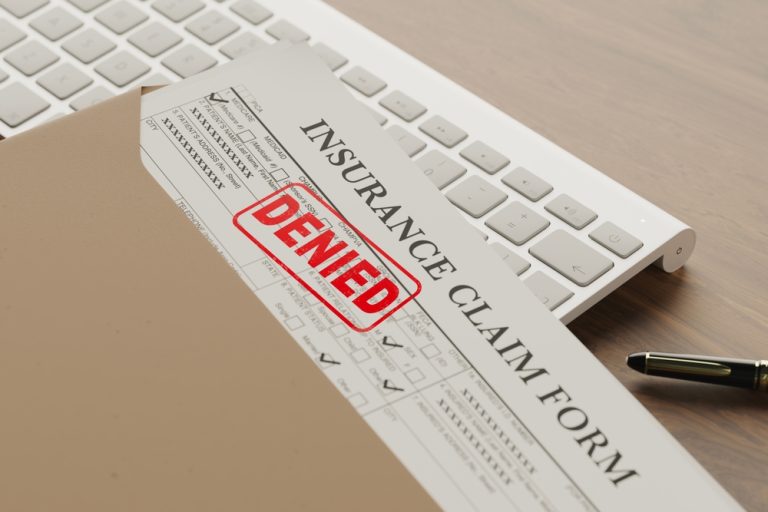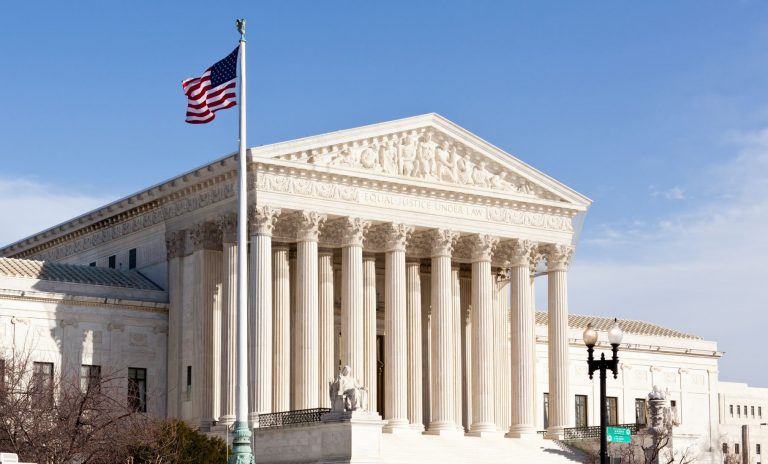10th Circuit Holds Opinions of Expert, Craig Good, are Bad and Reverses Multimillion Verdict
10th Circuit Holds Opinions of Expert, Craig Good, are Bad and Reverses Multimillion Verdict
In Hoffman v. Ford Motor Company,[1] the Tenth Circuit Court of Appeals held that the opinions of expert, Craig Good, were inadmissible because they were not grounded in fact or science. The court reversed and remanded the verdict for entry of a judgment in favor of Ford.
In that case, plaintiff, Erica Hoffman, was rendered quadriplegic after she was ejected from the front passenger seat of a 1999 Ford Mercury Cougar Coupe in a rollover accident. Plaintiffs alleged this catastrophic injury was the result of an alleged defect in the seatbelt – the seatbelt allegedly unlatched during the accident. The claims against Ford alleged negligence and strict liability. Good, a mechanical engineer, was retained by the plaintiffs to offer opinions on whether: (1) Erica Hoffman was wearing her seatbelt at the start of the rollover accident; (2) the seatbelt functioned properly and as expected during the rollover; and (3) safer alternative seatbelt buckle designs were available at the time the vehicle was manufactured, which would have prevented or reduced her injuries. Good has appeared in a variety of product liability cases, including personal watercraft and other recreational vehicles.
As for the first question, based on a physical evaluation of the seatbelt in question, Good concluded plaintiff was wearing her seatbelt at the onset of the rollover. Having reached that conclusion, Good then opined the seatbelt must have malfunctioned for the plaintiff to be ejected from the vehicle and claimed the seatbelt was released due to inertial unlatch. He based this opinion by calculating the amount of vertical gravitational force necessary for this phenomenon to occur. To render this calculation, he subjected eighteen seatbelt buckles, similar in design to the plaintiff’s seatbelt, to a series of acceleration tests conducted in a laboratory. He did not, however, include the plaintiff’s seatbelt in his acceleration tests. He also limited his testing to the seatbelt hardware and did not include any other component (the webbing or steel stalk) in the testing. According to Good, his tests established that inertial unlatch thresholds decreased as the angle increased.
In his expert report, Good recognized the importance of comparing rollover crash test data to ascertain whether the results could be duplicated “in the real world.”[2] Notably, he claimed there was insufficient real world rollover crash test data to make this comparison. So, he compared his results to horizontal plane crash tests instead. Based on this analysis, Good concluded the plaintiff’s seatbelt buckle “most probably” inertially unlatched during the rollover.[3] Notably, at trial, he abandoned his reliance on the horizontal plane crash tests and, instead, relied on the opinions of the plaintiff’s accident reconstruction expert that the necessary accelerations could occur on the vehicle structure; but, he did not explain why the accelerations would have been present on the seatbelt buckle.
Ford repeatedly challenged Good’s opinions throughout the proceedings on the grounds that they were irrelevant and inadmissible. In that regard, it argued that Good failed to determine whether the amount of force, which he opined was necessary to bring about this phenomenon in the laboratory setting, occurred or could have occurred in the rollover accident. Although Good identified several points in the accident sequence where he believed sufficient forces would have been generated to cause inertial unlatch, neither he nor plaintiff’s accident reconstruction expert performed any calculations or tests to determine the levels of acceleration being applied on the buckle at the identified points. Ford further argued that Good’s opinions were flawed because he ignored existing rollover crash test data in which accelerations on seatbelt buckles were measured. Those tests did not produce inertial latch at the lowest threshold, which Good determined was necessary. The trial court allowed Good to offer his opinions despite the apparent flaws in his analysis. The jury found Ford 25% liable. The judgment against Ford was $4.5 million.
On appeal, Ford argued the trial court failed to perform its gatekeeper role before allowing the jury to hear Good’s inertial latch opinions and abused its discretion by admitting the opinions because his methodology was neither relevant nor reliable. The Tenth Circuit agreed and held the inertial unlatch opinions should not have been admitted because there was “no scientific link between Good’s tests [sic] results and those accelerations present or likely to have been present on [the plaintiff’s] buckle in the subject accident.”[4] The court concluded that Good’s opinions were “based on mere speculation or assumptions that the levels of acceleration he found necessary to inertially unlatch similar buckles in the laboratory occurred or could have occurred on [the plaintiff’s] buckle.”[5]
As for the trial court’s gatekeeper role, the court articulated the analysis under the Daubert standard,[6] which must be applied when the admissibility of an expert’s opinion is challenged. In that regard, a trial judge must “assess the reasoning and methodology underlying the expert’s opinions and determine whether it is both scientifically valid and applicable to a particular set of facts.”[7] This did not occur and the trial court was criticized for not being “a sufficiently exacting gatekeeper.”[8] For example, no hearing was held on the Daubert issue and the trial court failed to analyze whether the purported insufficient testing actually undermined the validity and relevance of Good’s opinions. The trial court also improperly shifted the burden to Ford to demonstrate why Good’s opinions were unreliable and irrelevant; rather than requiring the plaintiffs to show that the opinions were admissible. The trial court also incorrectly considered Ford’s demands for a comparison of rollover crash test data as unfair – even though Good acknowledged that such a comparison was necessary.
While the outcome in Hoffman is not unique, the opinion provides an excellent discussion regarding how a trial court should execute its role as the gatekeeper of evidence. It further underscores the importance of holding expert opinions to exacting standards to ensure that a jury’s role, as fact finder, is not undermined by scientifically and factually invalid expert testimony.
Click here to download related files
[1] No. 10-1137, 2012 WL 3518897 *1 (10th Cir. Aug. 16, 2012).
[2] Hoffman, 2012 WL 2899053 at *4.
[3] Id.
[4] Id. at *11.
[5] Id.
[6] Daubert v. Merrell Dow Pharmaceuticals, Inc., 509 U.S. 579, 589-91 (1993).
[7] Hoffman, 2012 WL 3518897 at *8.
[8] Id. at *1.






